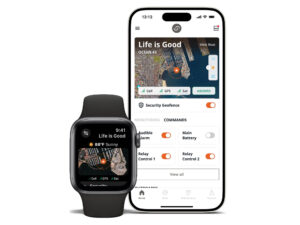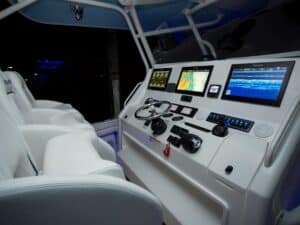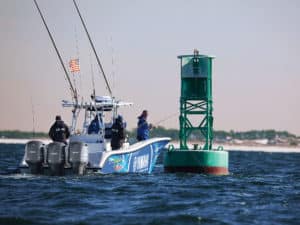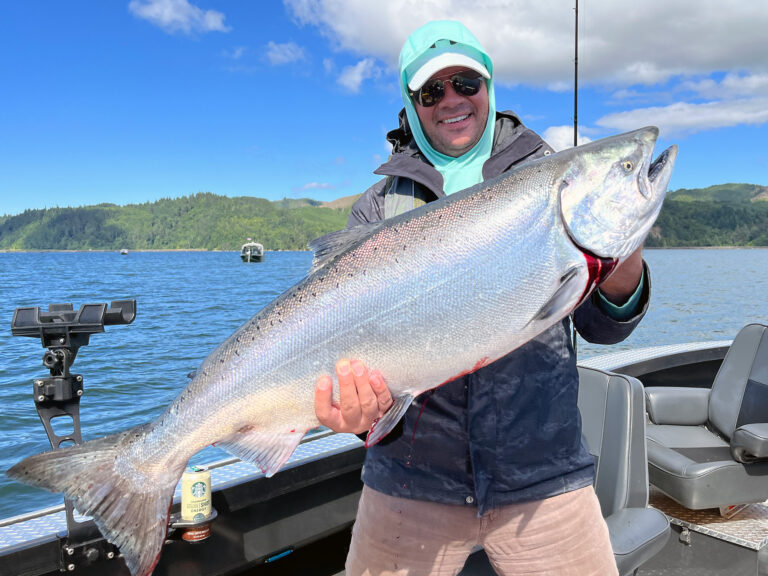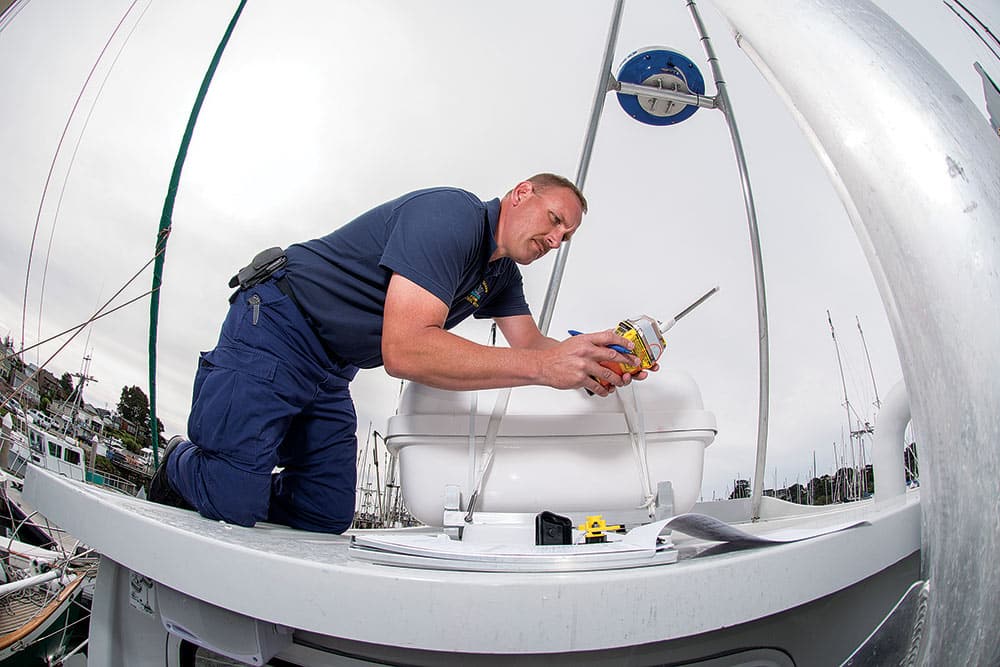
Human personalities might be quantifiable as Type A or Type B. But in the marine world, I’ve seen two different kinds of boaters: Type D and Type P.
Type D for denial: “No emergency will ever befall me. I’ve got everything under control.”
Type P for paranoia: “I can’t go out in 2- to 4-foot seas! Let’s wait till summer, when it’s calm.”
I hope most of us don’t exhibit those extremes. But chances are, we each lean one way or the other. I’m a little closer to a P than a D, meaning I believe in preparing, and I believe in backups — in the form of electronic safety gear, such as VHF radios, EPIRBs, PLBs, AIS SARTs, sat phones, satellite emergency notification devices and single-sideband radios.
Primary Marine Safety Gear
I own a 22-foot bay boat, so I don’t venture into rough seas. But I also fish aboard a variety of other vessels that might or might not be fully equipped. I carry a personal locator beacon (PLB) and wear it on my belt. Sometimes I’ve been known to carry a spare handheld VHF. Remember, I’m kind of a Type (almost) P.
Smaller vessels that stay within sight of shore, including kayaks and paddleboards, must obey the U.S. Coast Guard rules as well as those of their individual states when it comes to life jackets, flares and other signaling devices. But to my knowledge, none of those regulations stipulates any electronic-gear requirements for recreational boaters.
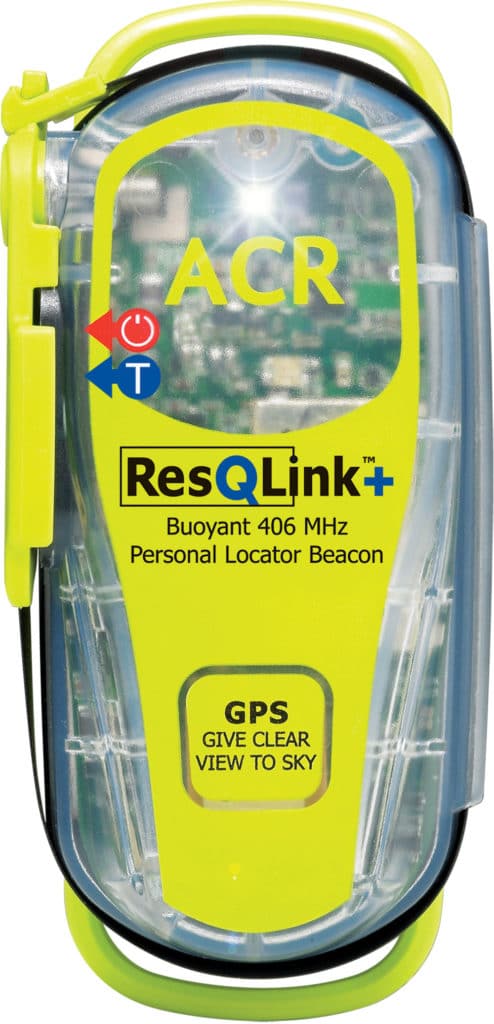
The U.S. Coast Guard does help educate boaters about proper use of electronics, including how to test a VHF’s digital-selective-calling (DSC) feature and how to make an actual distress call. Tom Dardis, Coast Guard recreational boating safety outreach coordinator, says boaters should always consider their ability to communicate with other boats and their ability to activate a come-and-help-me scenario.
“We’d always recommend that you carry some type of communication, such as a DSC VHF radio,” Dardis says. “A DSC VHF would be first. A PLB or EPIRB would be secondary. A sat phone could be secondary or tertiary. Having redundant systems is good if you can afford it.”
Vessels too small to mount a stationary VHF should at least be equipped with a handheld VHF. All maritime radios must be DSC-enabled by law (as of 1999). DSC is a kind of paging system that transmits your position and vessel information to emergency personnel.
Fixed-mount radios can transmit up to 20 miles, though that’s dependent upon VHF antenna height. Handhelds can transmit up to 8 miles.
Cellphones do not substitute for VHF communication. Cellphone range is limited and sporadic, and you can’t directly connect to the maritime rescue system. That can mean the difference between rescue and tragedy.
EPIRB Options
Many small-boat owners stop at just a proper VHF. But some industry leaders say that’s not enough. “I’m not at all flexible regarding a beacon,” says Nichole Kalil, public relations spokesperson for ACR Electronics. Kalil points out that prices on ACR’s EPIRBs have come down; a GlobalFix V4 costs $350. “Recreational boaters are willing to spend $500 on a cooler but not $350 to keep their family safe?”
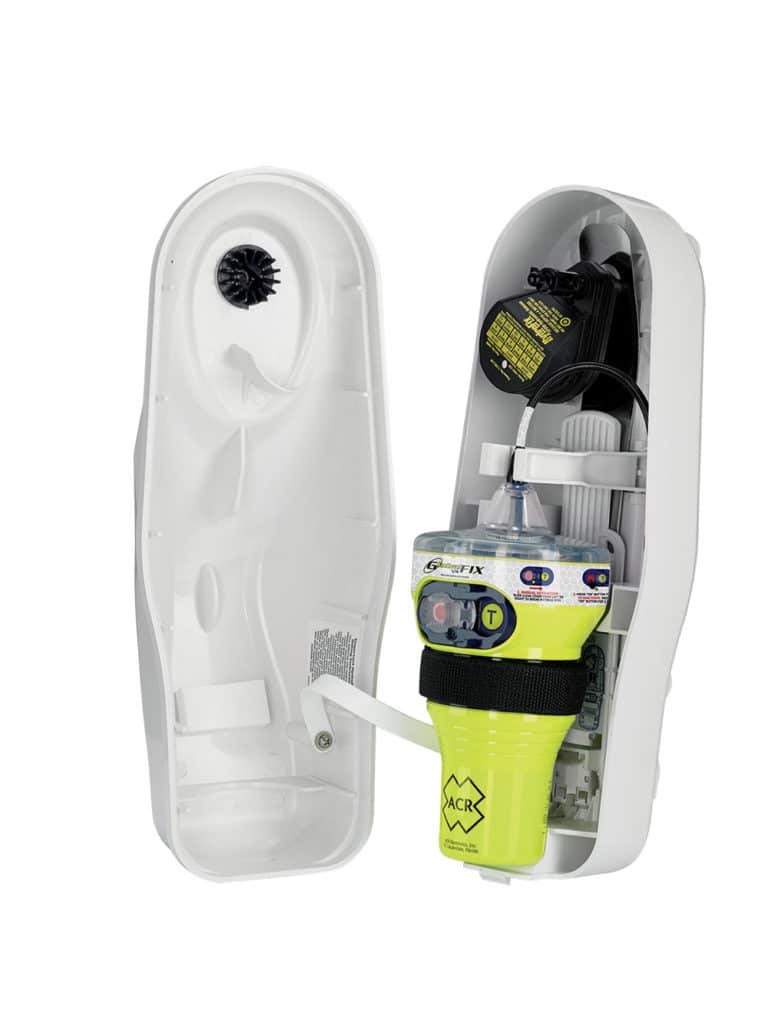
A vessel’s size will mandate the type of EPIRB bracket to buy and its location on board. An EPIRB should always be mounted within arm’s reach, and never belowdecks or inside a console.
One key factor to remember, says Dardis: An EPIRB is for the vessel; a PLB is for a person. “If you’re going with PLBs and you have four people aboard, you should have four PLBs,” he says.
A PLB — available with or without GPS (the latter provides better accuracy to rescuers) — should be worn on your person if you expect it to summon help. If it’s in a gear bag that sinks with the vessel, it’s an expensive paperweight. Some life-jacket makers now sew in PLB pouches, and some PLBs come with hook-and-loop fasteners to attach to a belt or strap.
Electronic Safety Gear Deployment
A PLB — available with or without GPS (the latter provides better accuracy to rescuers) — should be worn on your person if you expect it to summon help. If it’s in a gear bag that sinks with the vessel, it’s an expensive paperweight. Some life-jacket makers now sew in PLB pouches, and some PLBs come with hook-and-loop fasteners to attach to a belt or strap.
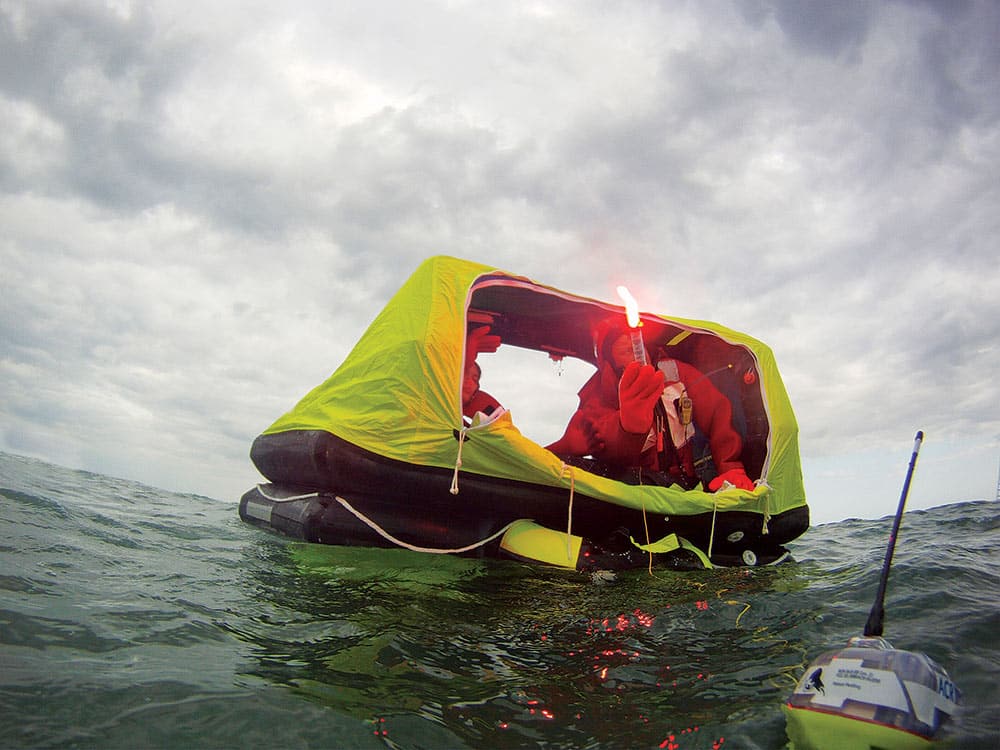
PLBs must be manually deployed, but some EPIRBs can automatically deploy. Top-of-the-line EPIRBs, such as the GlobalFix iPro, come with a digital face so users can visually verify that it’s testing or transmitting. The unit also displays latitude and longitude.
AIS SARTs (search and rescue transponders) remain popular on the sailing circuit, where crew members face the frequent risk of falling overboard. The SART emits a signal recognized by the AIS unit aboard the crew member’s own boat and aboard any other AIS-equipped vessels nearby. But that’s a local approach to rescue rather than a global one.
Satellite Safety at Sea
Satellite phones have come a long way, and their prices continue to drop as more and more companies launch satellites to compete in this global market. Some say sat phones render single-sideband radio obsolete. But SSB users argue that their technology allows multiple people to hear any given transmission. Single-sidebands do require users to procure some permits and licenses, however.
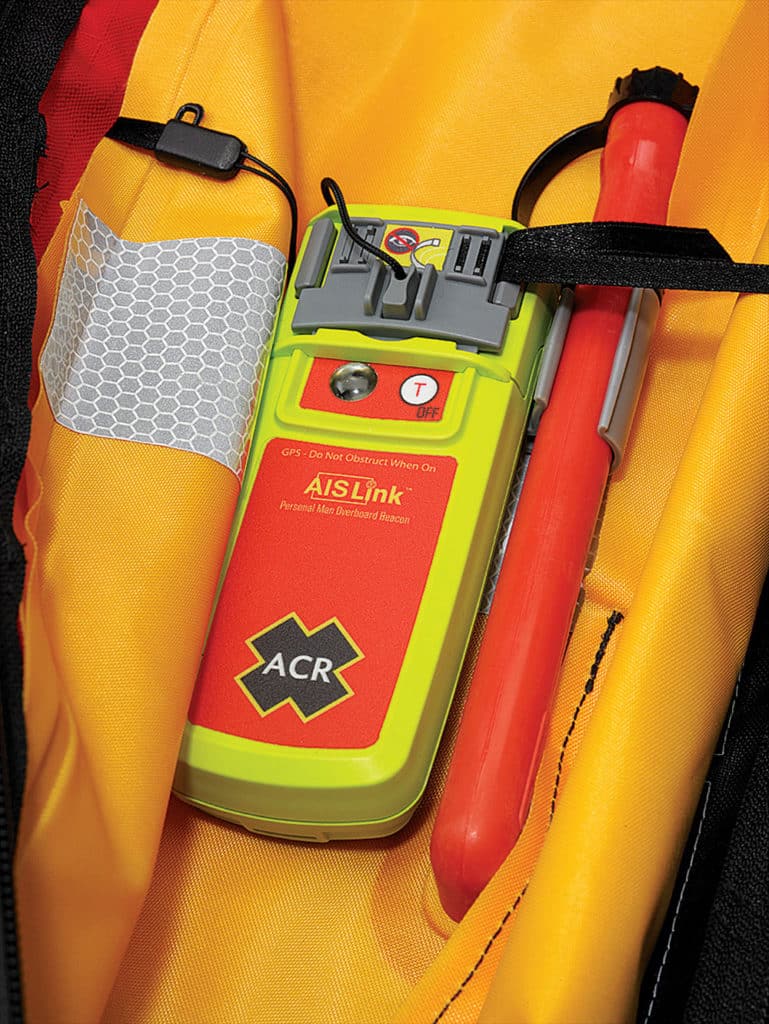
With regard to safety, a sat phone should really be considered a global cellphone on steroids. Most provide some form of SOS system, though it might not link directly and most efficiently to maritime responders.
SENDs — satellite emergency notification devices, also called satellite messengers — include products such as Globalstar’s Spot and Garmin’s inReach Explorer+. These units provide a wide variety of services, from social-media posting to location tracking and text messaging.
Users can also request emergency help through a SEND. Responders come from a private organization rather than through the international government system used by EPIRBs and PLBs. These SEND units generally cost very little but require a monthly or yearly subscription, based on features.
Whatever electronic gear you decide works best for your boat and fishing needs, don’t scrimp. With regard to safety, I take a no-chance policy. To me, every safety measure needs a backup. But then again, I’m getting closer all the time to a Type P boater.


